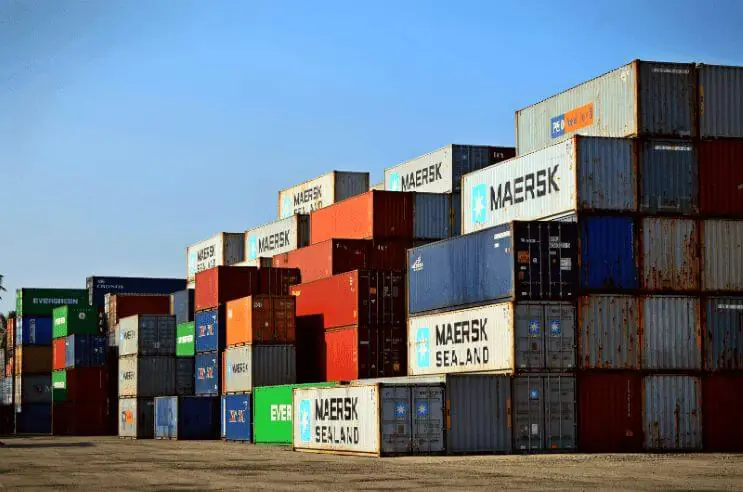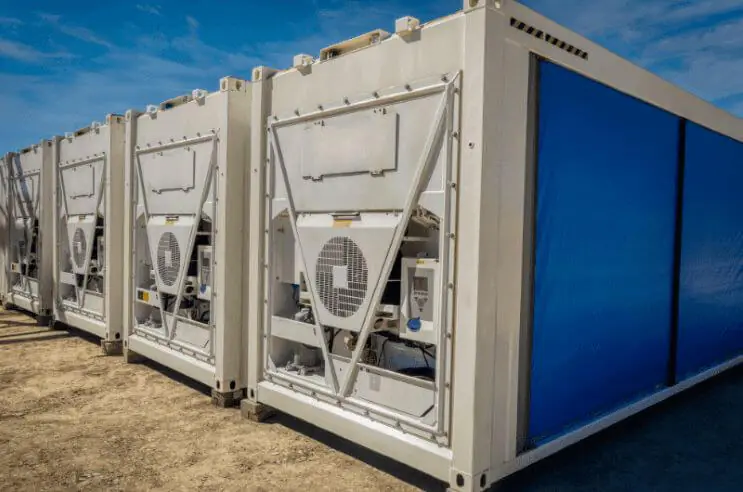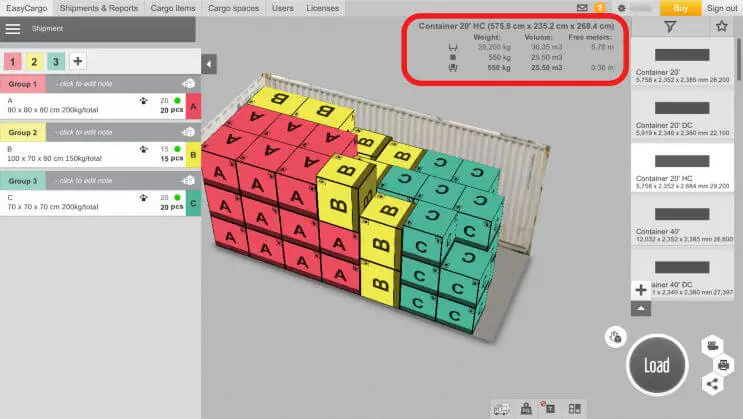Choosing the Right Container for Your Shipment
Selecting the ideal container isn’t just about fitting your goods into a metal box. It directly affects the safety, efficiency, and cost of your transport. In this article, we’ll guide you through the most commonly used types of shipping containers and how to match them with the right cargo.

Below you will find a table of commonly used containers and the types of cargo they are most suitable for:
| Container Type | Best For |
|---|---|
| Standard shipping container | Consumer goods (clothing, electronics, toys, household items, food products, etc.) |
| Open-top container | Oversized or bulky items, machinery, and goods with unusual shapes |
| Side-opening container | Oversized or bulky items, machinery, and goods requiring easy side access |
| Flat-rack container | Construction machinery, large metal structures, and other oversized goods |
| Reefer container | Anything that requires temperature-controlled transportation (frozen foods, fresh products, pharmaceuticals, chemicals) |
Shipping Containers: The Foundation of Global Freight
Shipping containers are used in both land and sea transport. While their primary use is in maritime shipping, they’re also commonly loaded onto trains and port-based trucks. For example, in the EU in 2022, container transport accounted for 22.2% of total rail freight and 5.8% of road freight (europa.eu, 2024).
Most Common Types of Containers Explained
- Standard containers: Fully enclosed units with lockable double doors at one end. They are weatherproof and ideal for general-purpose cargo that doesn’t require temperature control or special handling.
- High cube containers: Identical to standard containers in length and width, but with an extra 30 cm (≈1 ft) of height. Perfect for lighter, voluminous cargo such as furniture, textiles, or large consumer goods that need more vertical space.
- Open-top containers: These containers lack a solid roof, which makes them suitable for cargo that must be loaded by crane from above. They’re often used for tall industrial machinery or irregularly shaped items.
- Side-opening containers: In addition to standard end doors, these units feature full-length side doors for easier access. They simplify loading and unloading large or heavy items that cannot be moved through the narrow end.
- Flat rack containers: With collapsible or fixed end walls and no side walls or roof, these are used for transporting oversized or heavy cargo such as construction vehicles, pipes, or large steel parts.
- Reefer containers: Equipped with built-in refrigeration units to maintain internal temperatures between -25°C and 25°C (-13°F to 77°F). Essential for transporting perishable goods, pharmaceuticals, and temperature-sensitive chemicals.

Popular Container Sizes (Inner Dimensions)
| Container size | Inner length | Inner width | Inner height | Weight capacity |
|---|---|---|---|---|
| Container 20′ | 18′ 10.7″ (5.74 m) | 7′ 8.6″ (2.35 m) | 7′ 9.9″ (2.38 m) | 28,200 kg (62,170 lbs.) |
| Container 20′ HC | 18′ 10.7″ (5.74 m) | 7′ 8.6″ (2.35 m) | 8′ 9.7″ (2.67 m) | 29,200 kg (64,375 lbs.) |
| Container 40′ | 39′ 5.7″ (12.03 m) | 7′ 8.6″ (2.35 m) | 7′ 9.9″ (2.38 m) | 26,600 kg (58,643 lbs.) |
| Container 40′ HC | 39′ 9″ (12.11 m) | 7′ 10″ (2.39 m) | 8′ 10.1″ (2.69 m) | 29,600 kg (65,257 lbs.) |
| Container 45′ HC | 44′ 6.7″ (13.58 m) | 7′ 8.4″ (2.34 m) | 8′ 9.9″ (2.69 m) | 28,390 kg (62,589 lbs.) |
All of these container types are supported in the EasyCargo app. If you’re interested in purchasing a container, HZ Containers offers a wide selection of shipping containers for sale worldwide.
Consider Local Variations
Container sizes and naming conventions vary globally. For example, 45′ and 53′ containers are more common in North America, while 20′ and 40′ containers dominate in international shipping. Be sure to check local regulations and sizing when planning shipments.
Make Container Planning Easier with EasyCargo
Choosing the right container is only step one. With EasyCargo, you can:
- Access predefined container types, or create your own.
- Add handling instructions such as “Do not tilt” or “Do not stack.”
- Track remaining space in real time.
- Stay compliant and efficient with precise load planning.
- And many more.

FAQs About Shipping Containers
What is the most common type of shipping container?
The most commonly used containers are the standard 20-foot and 40-foot dry containers. They are versatile, weatherproof, and suitable for a wide range of goods, including electronics, clothing, and packaged food.
What is the largest shipping container available?
The largest standard container commonly used is the 53-foot high cube container, primarily in North America. It offers extra length and height for transporting large or bulky cargo.
How do I know which container size is right for my shipment?
Choosing the right container depends on the volume, weight, and type of your cargo. Consider factors like the dimensions of your goods, handling requirements, and transport regulations. Using load planning software like EasyCargo can simplify this process by helping you visualize and optimize container loading.
Can I transport temperature-sensitive goods in containers?
Yes. Reefer containers are specially designed with refrigeration systems to maintain temperatures ranging from -25°C to 25°C (-13°F to 77°F), making them ideal for perishable items such as food, pharmaceuticals, and chemicals.
Are container sizes the same worldwide?
While many container sizes follow international standards, some variations exist between regions. For example, 53-foot containers are common in North America but rare elsewhere. It’s important to check local standards and regulations when planning shipments.




